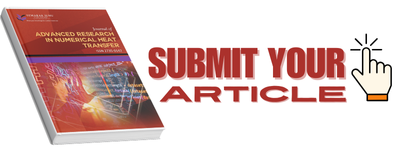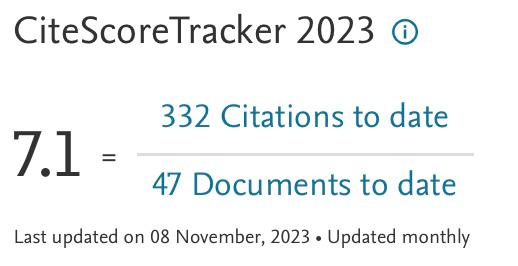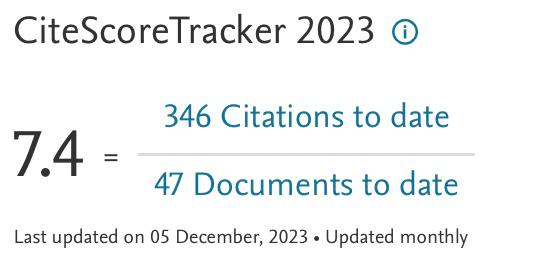Numerical Study and Comparison of Turbulent Parameters of Simple, Triangular, and Circular Vortex Generators Equipped Airfoil Model
Keywords:
Boeing-737, CFD, vortex generator, fluctuation, drag reductionAbstract
Drag force in long-haul flights can have a significant impact on fuel consumption. By modifying different parts of the aircraft structure, drag force and consequently fuel consumption can be significantly reduced. Vortex generators are tools that can delay and also weaken the separation phenomenon by creating vortices above the boundary layer, and the geometric shape of these tools can have a great impact on this. So far, the geometry of the vortex generators used on the Boeing 737 has been triangular. In this study, a comparison was made between circular and triangular vortex generators on the wing of Boeing-737 at 0 and 15 degrees of angle of attack by the means of numerical methods. Furthermore, the mean velocity and fluctuating velocity components in the wake region are numerically investigated in the wake region. Pressure drag, friction drag, total drag, and drag coefficient are considered and compared. Finally, a comparison is made between each model's lift to drag ratio. The results show a substantial decrease in the total drag by the use of a circular vortex generator. By attaching the vortex generators to the bare airfoil, the drag coefficient is reduced by 0.161% and 0.806% for triangular and circular vortex generators, respectively. The lift to drag ratio is increased by 3.54% and 3.65% for triangular and circular vortex generators, respectively.
Downloads

























